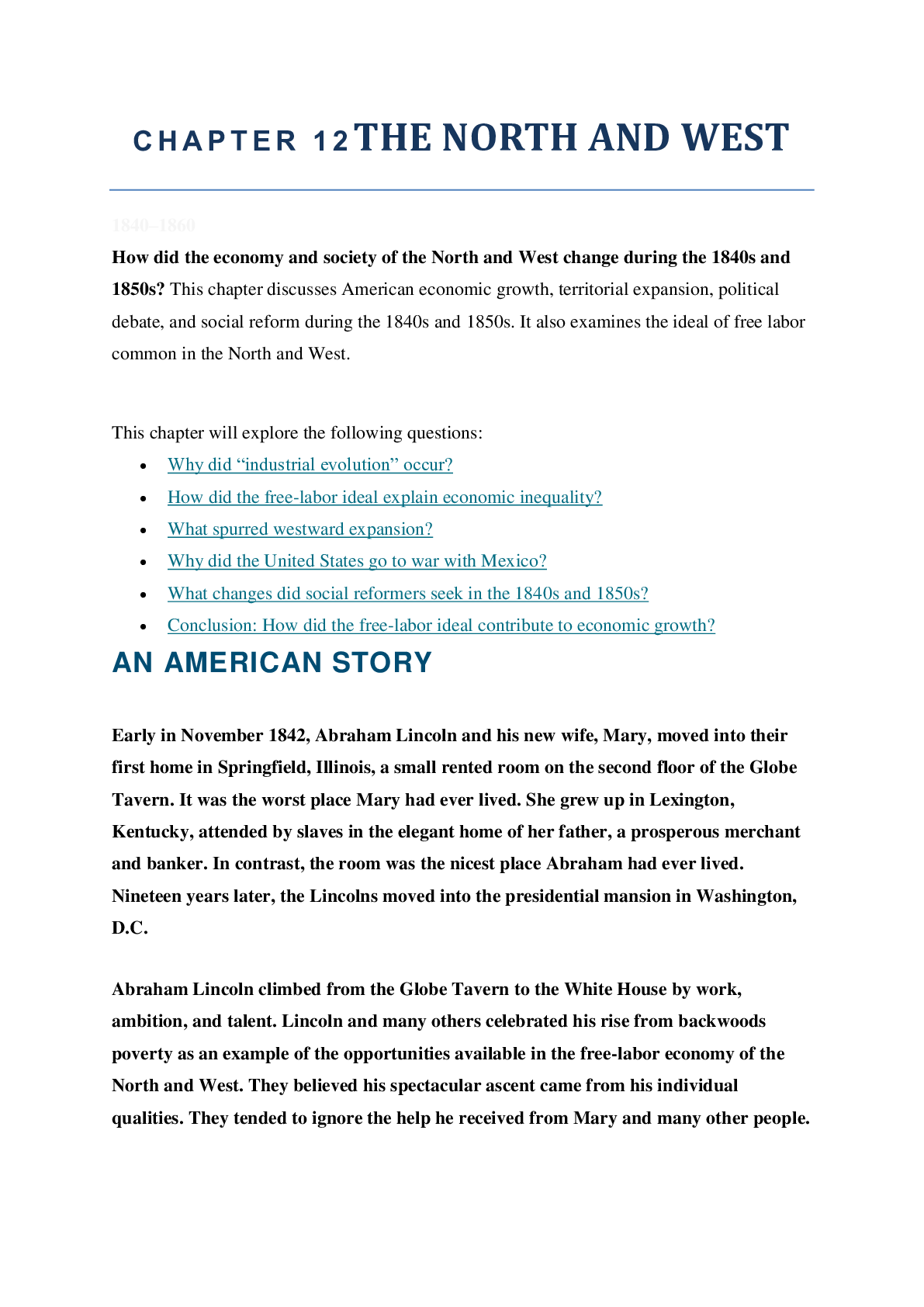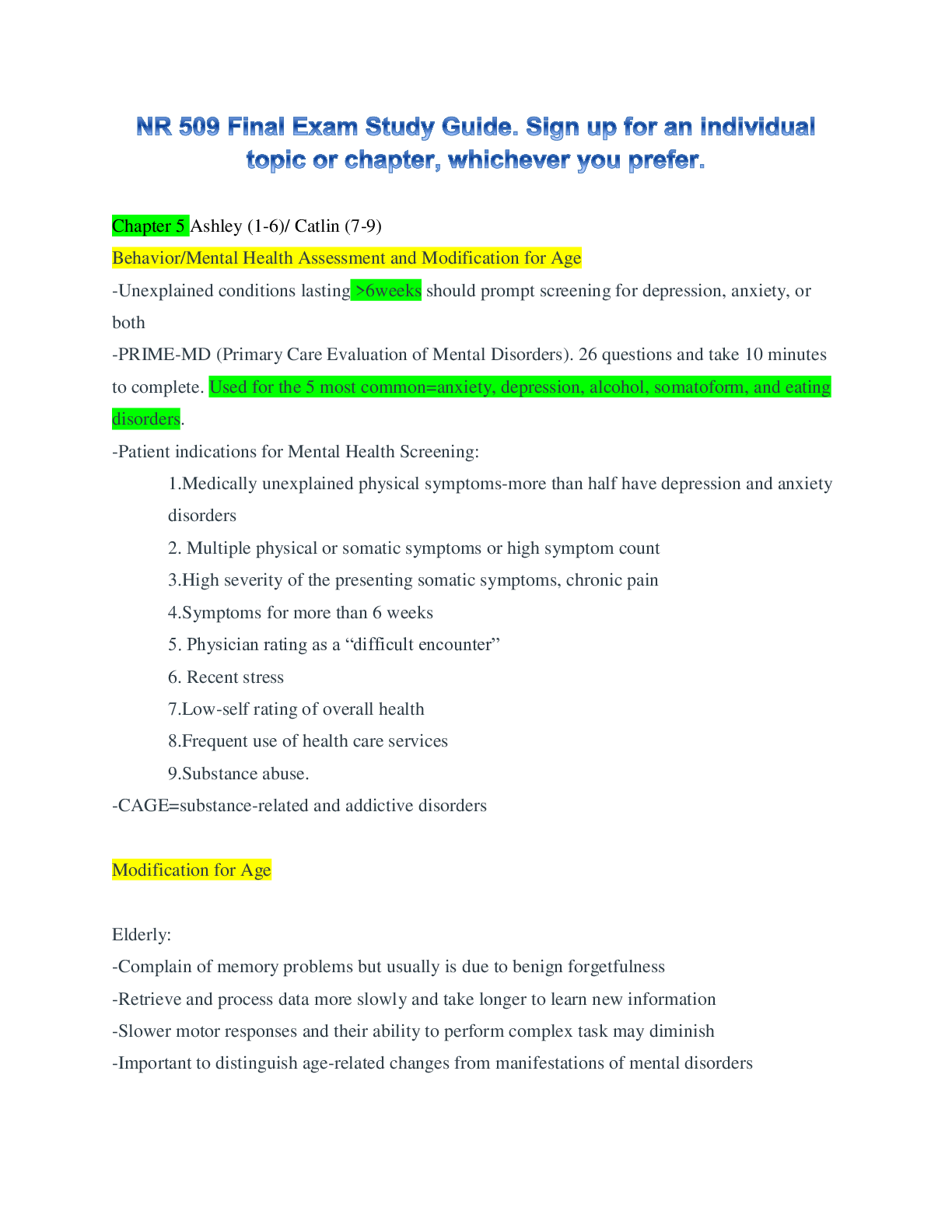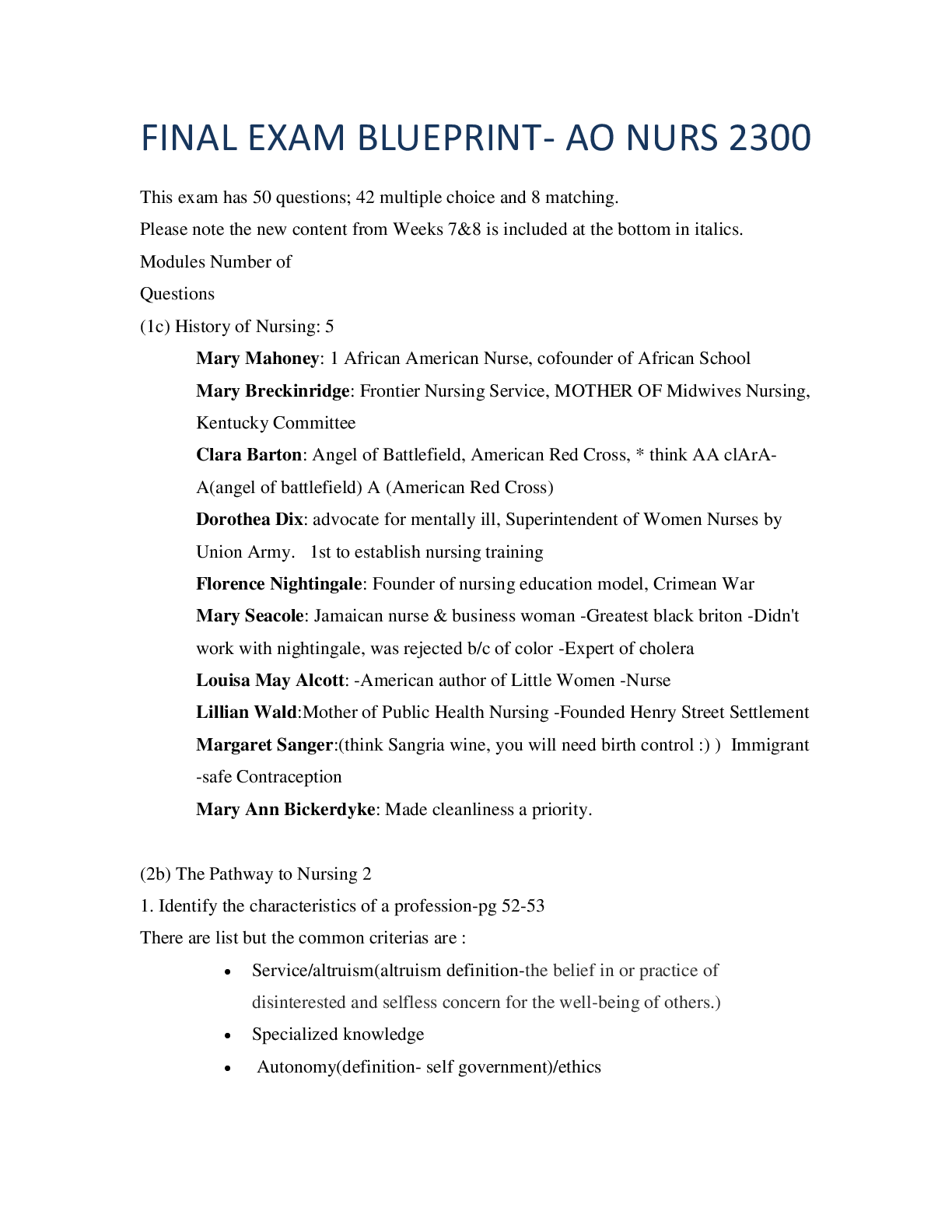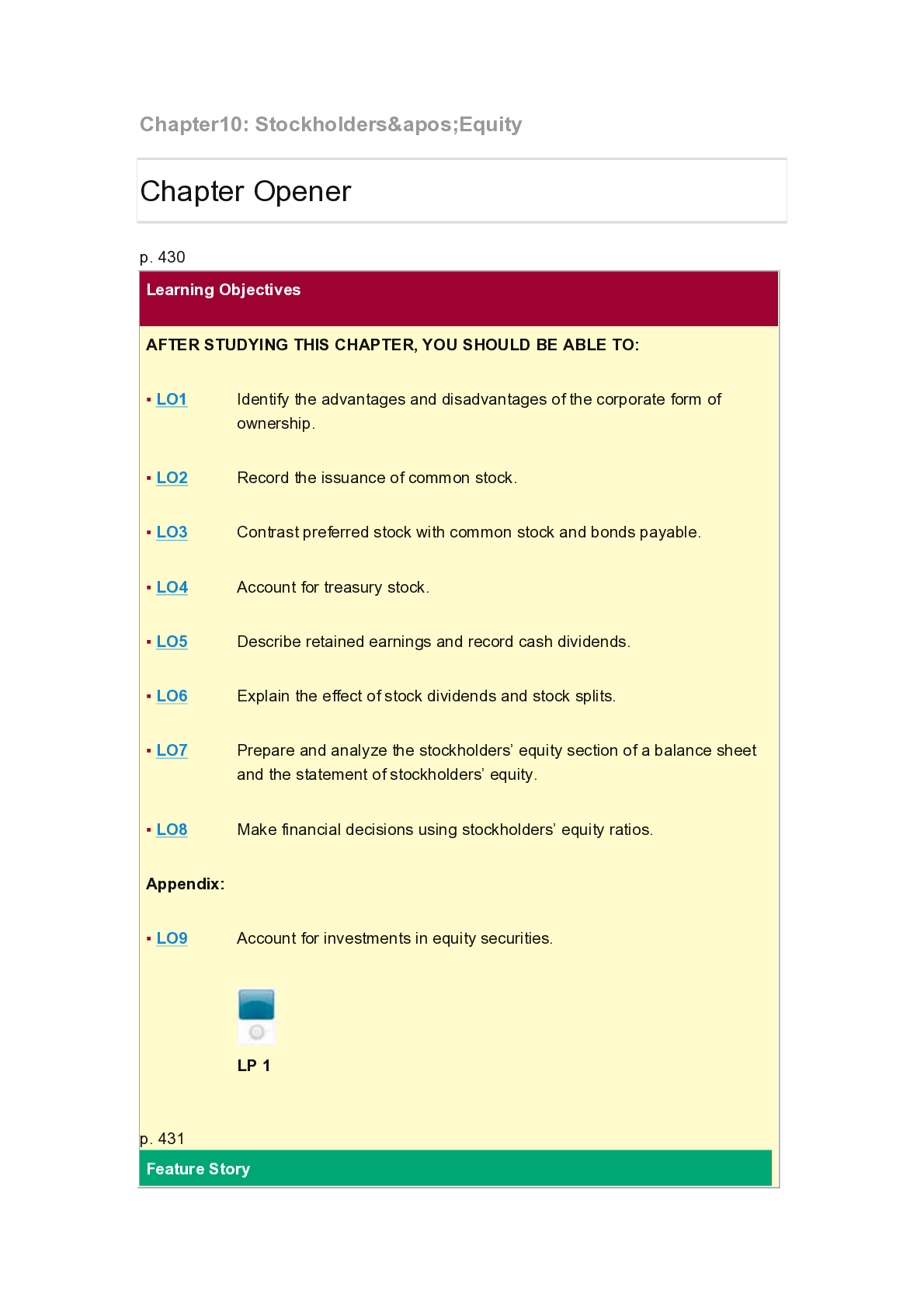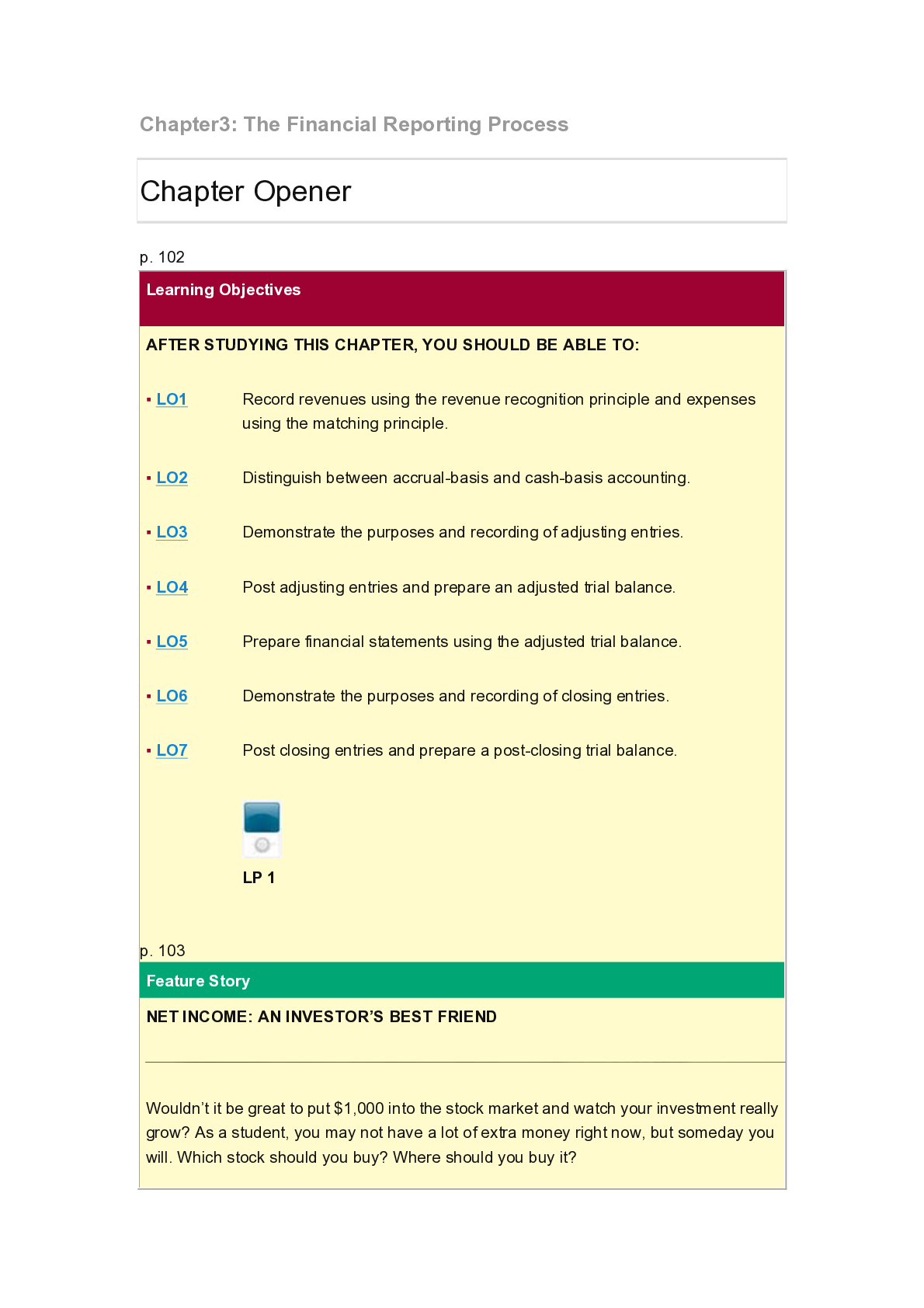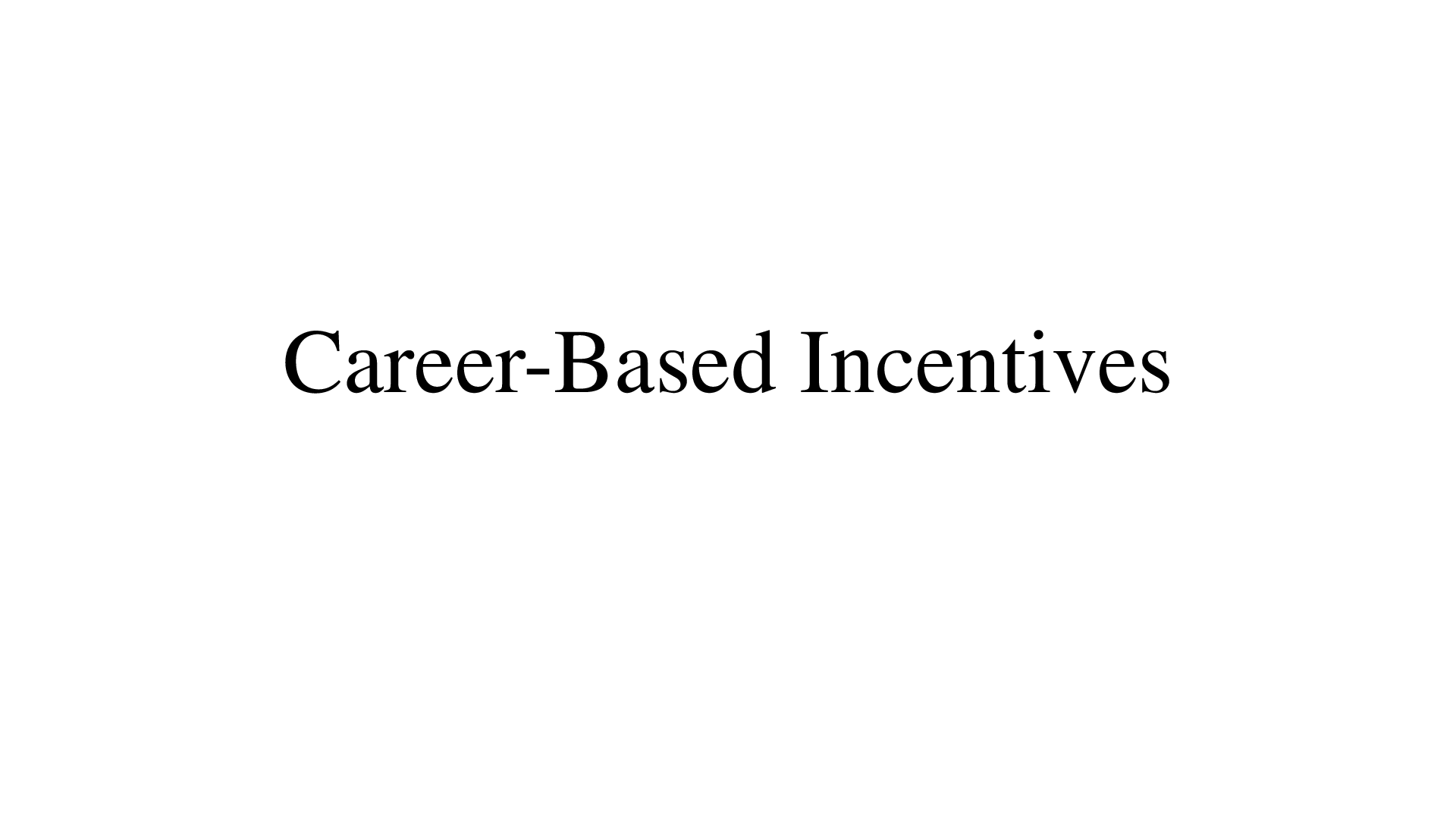Enterprise Law > Study Notes > Enterprise Law 700254: Topic 4: Negligence & Negligent Misstatement PART I (All)
Enterprise Law 700254: Topic 4: Negligence & Negligent Misstatement PART I
Document Content and Description Below
Topic outcomes On completion of this topic, you should be able to: ◦ Describe the law of torts, its general principles and the statutes of limitations for tort actions ◦ Explain negligence and... the introduction of civil liability legislation by the federal and NSW governments. ◦ List and explain the necessary elements required to establish negligence ◦ Identify the defences a defendant can raise in an action for negligence, and their potential impact on damages paid. 2Introduction ◦ The law of tort is an area of the law that often only becomes relevant after the happening of a ‘loss-making event’. ◦ This loss can be an economic or physical loss. ◦ The range of interests which the law of tort protects includes: ◦ liability for breach of duty to take reasonable care; ◦ liability arising out of occupation or possession of property; ◦ direct interferences with person, property or goods of another; ◦ liability for defamation; ◦ interference with contractual relations; ◦ misrepresentation and ’passing off’ 3General principles of tortious liability ◦ A tort is a ‘civil wrong’ in the form of an act or omission not authorised by law, for which a civil right of action for damages may arise. ◦ The law of torts is concerned with injury to person (physical or mental) or to property. ◦ The law of torts works in conjunction with other areas such as criminal law and contract law. ◦ The plaintiff commences the action and must prove on the balance of probabilities that their version of the facts is more believable. 4Criminal law and contract law distinguished from tort law 5Range of remedies in tort law ◦ Tort law is concerned with remedies and provides compensation for the injured party, usually in the form of common law damages. ◦ The remedy is not always in the form of damages, or monetary compensation, because damage suffered takes many forms apart from physical injury and in some circumstances may only be threatened. ◦ In some instances, such as damage to reputation (defamation), the remedy sought is an injunction or a combination of injunction and damages. 6Compensation outside tort law ◦ It should not be assumed that the only compensation available to an injured person will come from a remedy in the law of torts. ◦ There may be a remedy in contract law for a breach of the term of the contract. ◦ There may be compensation under victims of crime legislation. ◦ Other forms of compensation that provide alternative protection, and do not depend on proof that a tort was committed, exist in statutory schemes, such as workers’ compensation schemes and the National Disability Insurance Scheme. 7Time limits for tort actions ◦ There are time limits set for an action in tort by the statutes of limitations in all of the states and territories. ◦ An injured party should take legal action within a certain time after the tort: ◦ otherwise the action may become ‘statute-barred’; ◦ the onus is on the defendant to show the plaintiff’s claim falls outside the time allowed; ◦ limitation legislation in all jurisdictions gives the court discretion to extend the limitation period; 8NEGLIGENCE 9Negligence ◦ The modern version of negligence was established in 1932 in the decision of Donoghue v Stevenson [1932] ◦ Negligence has become the most important area of tort law. ◦ Negligence has impacted significantly on business and the community. ◦ In 2002, the Review of the Law of Negligence Report (the ‘Ipp report’) resulted in all Australian jurisdictions making statutory changes: ◦ as to what had to be established by the plaintiff to succeed in a negligence claim; ◦ making it more difficult for a plaintiff to succeed in a negligence claim ◦ also restricting the right of the plaintiff to recover damages. 10Donoghue v Stevenson [1932] AC 562 A friend took May Donoghue out for a treat to the Wellmeadow Café in Paisley, Renfrewshire in Scotland, where she ordered an Scotsman ice cream float, with ginger beer. Café owner Francis Minghella brought the ice cream and ginger beer to the table and poured some of the drink over the ice cream from an opaque glass bottle, labelled with the name of the manufacturer, local David Stevenson After she finished the ice cream Donoghue poured the balance of the ginger beer into a glass. When she did so, the remains of a partially decomposed snail washed out, causing Donoghue to suffer diahorrhea and acute anguish. She could not sue either Minghella or Stevenson in contract, as she had not purchased the drink, and her lawyer, Walter Leechman, opted to try to sue in tort. The House of Lords eventually decided that she had an action available to her to recover damages from the manufacturer under the tort of negligence. 11Definition of Negligence ◦ Negligence is: ◦ omitting to do something that a reasonable person would do; ◦ or doing something that a prudent and reasonable person would not do; and ◦ it is the failure to exercise reasonable care and skill. 12Elements of negligence In order to succeed in a negligence action: ◦ the plaintiff must establish on the balance of probabilities that: ◦ step 1: the defendant owed them a duty of care; ◦ step 2: the defendant breached the duty of care to them; ◦ step 3: they suffered damage as a direct result of the breach; 13Elements of negligence ◦ once the plaintiff has established duty, breach and damage, then: ◦ step 4: the onus shifts to the defendant to establish any defences; ◦ if the defendant fails to establish a defence, then the defendant’s liability is established, and: ◦ step 5: the court will decide the compensation that the plaintiff will recover. 14Elements of negligence - 1 Step 1: Does the defendant owe a duty of care to the plaintiff? ◦ Duty of care is the duty owed by one person to another, and is based on the relationship between them. ◦ It is a question of law for the judge to decide. ◦ ‘The neighbour test’; ‘You must take reasonable care to avoid acts or omissions which you can reasonably foresee would be likely to injure your neighbour’ Lord Atkin in Donoghue v Stevenson [1932]. 15Elements of negligence Who is your neighbour? ◦ Your neighbour is any person who is so closely and directly affected by what you do that you ought reasonably to have them in contemplation as being so affected when you are directing your mind to the acts or omissions which are called in question. Depending on the facts, cases fall into two categories: 1. where duty is established because facts fall into a well-recognised duty relationship; and 2. ‘novel’ cases outside the recognised categories. 16Elements of negligence Test for duty of care: 1. Foreseeability: ◦ Would a reasonable person foresee that the defendant’s act could cause damage? 2. Vulnerability & Reliance: ◦ Was the plaintiff in a vulnerable position (of reliance)? ◦ defendant in a controlling position (Green v Country Rugby Football League of NSW [2008] ◦ plaintiff reliant on the defendant: Rogers v Whitaker [1992] 17Green v Country Rugby Football League of NSW [2008] NSWSC 26 Green was a rugby player who had been injured in 2004 whilst playing as a 16-year-old in an adult competition. In determining that the League owed Green a duty of care, Walmsley AJ, listed a number of factors: o the League arranged insurance for all players; o the League insisted that players be registered with their clubs; o Green was a player injured in a competition organised by the League; o the League tried to arrange for all coaches to be accredited but knew that some had not undertaken the required courses; o the League knew that some under-18s were playing in the competition; o the League knew that some players were vulnerable to injury because of their physical characteristics. A duty of care was found to exist, but the court found that it had not been breached [Show More]
Last updated: 2 years ago
Preview 1 out of 44 pages
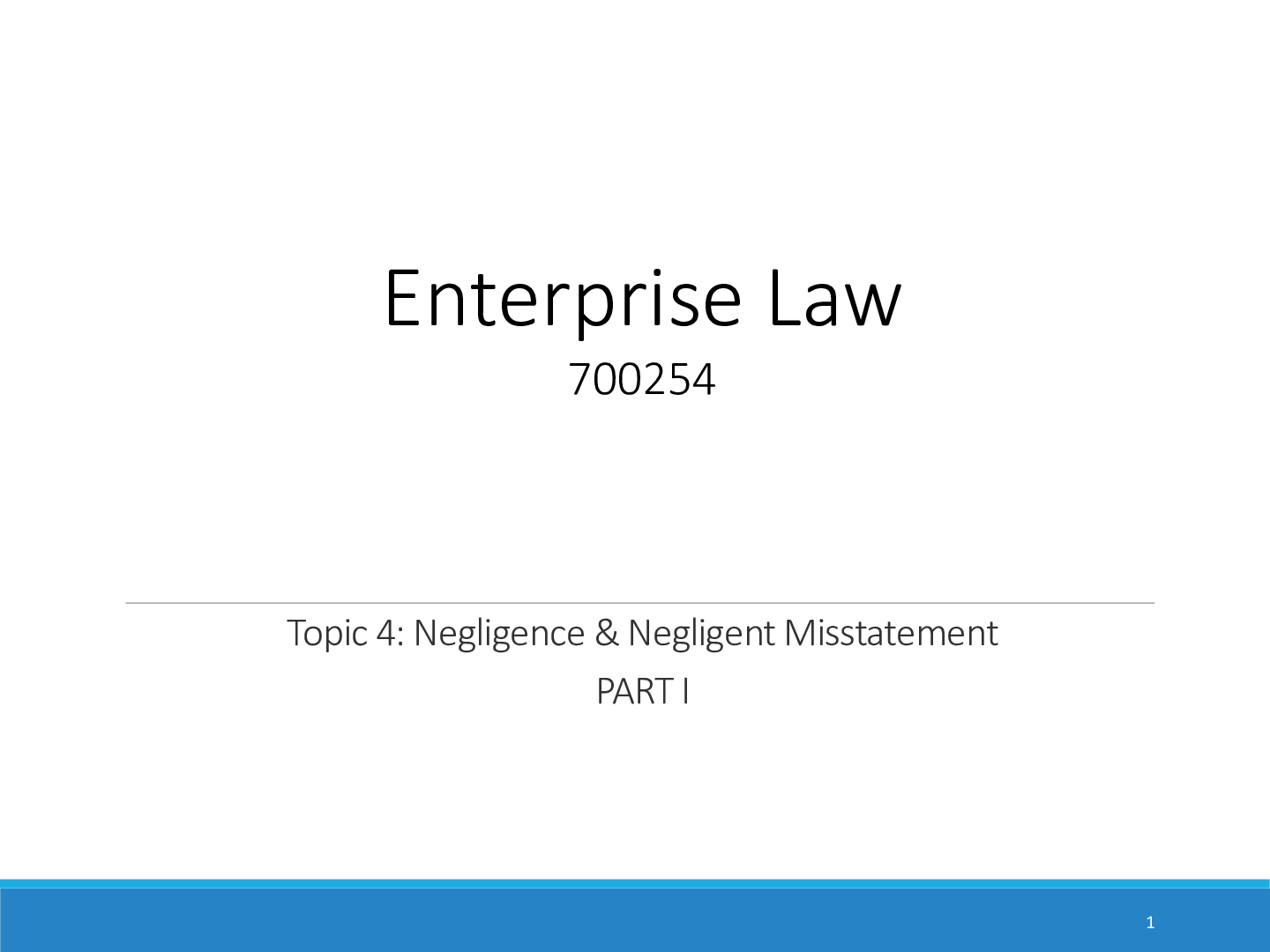
Buy this document to get the full access instantly
Instant Download Access after purchase
Buy NowInstant download
We Accept:

Reviews( 0 )
$3.00
Can't find what you want? Try our AI powered Search
Document information
Connected school, study & course
About the document
Uploaded On
Sep 30, 2020
Number of pages
44
Written in
Additional information
This document has been written for:
Uploaded
Sep 30, 2020
Downloads
0
Views
107

